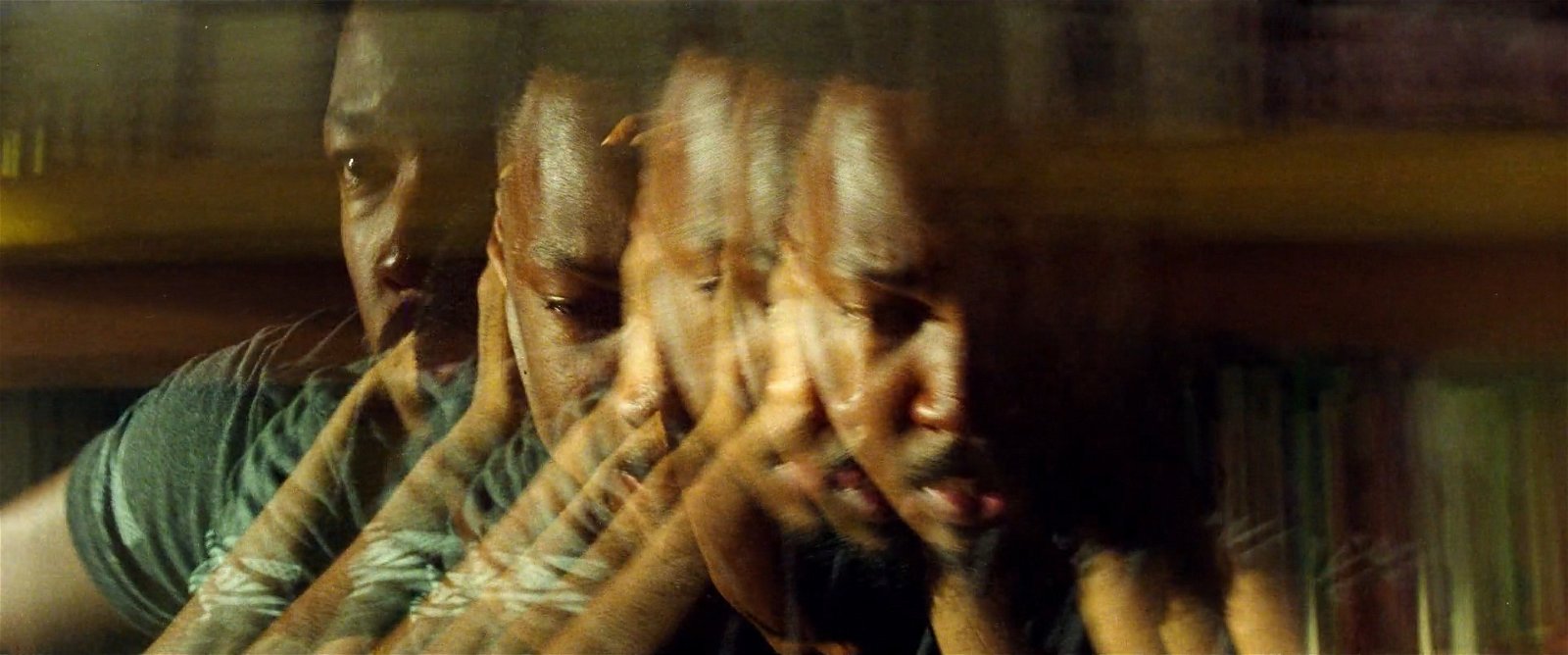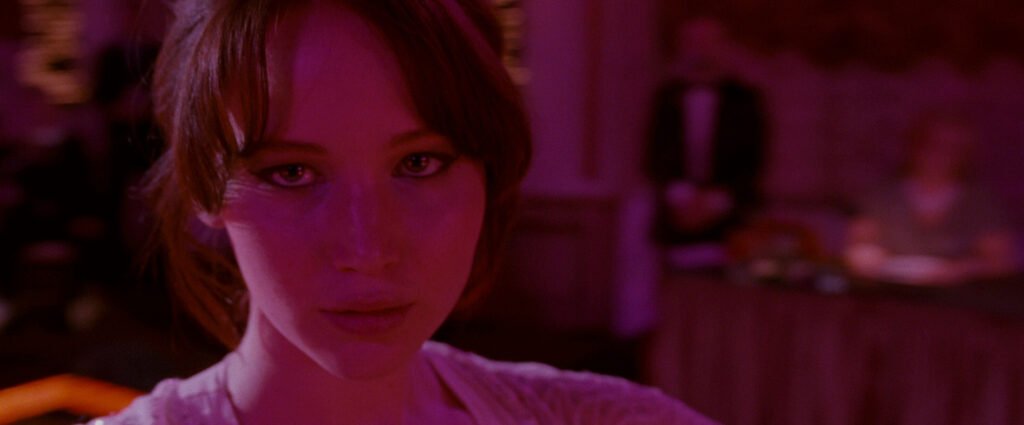Cinematography, as a crucial element in filmmaking, significantly shapes how audiences perceive and interpret films. By strategically employing various techniques—ranging from camera angles to lighting and editing—filmmakers can manipulate emotions, guide attention, and construct narratives that resonate deeply with viewers.
Emotional Engagement Through Visual Techniques
The use of specific cinematographic tools directly affects the emotional landscape of a film. Close-up shots, for instance, are especially impactful as they create intimate connections between the audience and characters by capturing nuanced expressions and emotions. This technique allows viewers to understand subtle changes in demeanor, effectively conveying feelings without dialogue, thus enhancing emotional engagement ([5]).
Low-angle shots also play a critical role in establishing power dynamics within the narrative. By positioning the camera below the subject and looking up, filmmakers can make characters appear more dominant and imposing, thereby influencing how viewers perceive authority and threat in a scene. This manipulation of perspective evokes feelings of awe or intimidation and alters the audience’s emotional response to the narrative ([6]).
The Role of Lighting and Color
Lighting is another pivotal aspect of cinematography that profoundly influences audience perception. High-contrast lighting can establish a dramatic atmosphere, emphasizing tension and suspense, particularly in genres such as thrillers or horror films. Conversely, soft, diffused lighting evokes feelings of calmness, intimacy, or nostalgia, guiding viewers’ emotional experiences throughout the film ([1][6]).
Color symbolism further enriches this emotional engagement; different colors can evoke distinct feelings. For example, red typically symbolizes passion or danger, while blue may convey calmness or sadness. Filmmakers use these associations to craft emotional narratives that resonate on a personal level, shaping the viewer's response to the story ([1][9]).
Storytelling Structure and Audience Connection

At the core of effective cinematography is the underlying narrative structure, often guided by Aristotle's principle of the three-act structure. This format creates a cohesive journey that invites audience participation, where they mentally engage with the characters and storyline. The emotional investment stems from the film’s ability to present relatable situations and conflicts that evoke empathy ([5][8][10]).
Filmmaking techniques such as montage play a significant role in conveying complex emotions and ideas quickly. By juxtaposing different shots, filmmakers can manipulate viewers’ emotional responses and compress time, making cinematic storytelling punchier and more impactful. This method helps illustrate character development or shifts in narrative mood, facilitating a deeper understanding of the story ([6][8][9]).
Active Spectatorship and Multiple Interpretations

Active spectatorship, a concept highlighting the audience's role in interpreting film, underscores the subjective nature of viewing experiences. Each viewer brings their personal background, cultural context, and emotional state into the theater, which shapes their understanding of the film. This individualized perception allows for varied interpretations, making film a rich medium for diverse audience experiences ([8][10]).
Filmmakers often intentionally create ambiguity within their narratives, inviting viewers to draw their own conclusions. Films with open endings or complex character motivations allow audiences to engage deeply, encouraging discussions and varied readings. This dynamic interaction enhances the overall impact and longevity of a film's emotional resonance ([8]).
The Psychological Framework of Cinema
Psychological research supports the assertion that cinema elicits strong cognitive and emotional responses due to its collaborative nature. The synergy between storytelling, cinematography, sound design, and editing employs psychological principles that draw the audience into the film’s world. This interplay not only engages viewers on an emotional level but also reinforces their understanding of the narrative structure ([2][4][5][9]).
Cognitive theories propose that the viewer's mind actively constructs meaning during the viewing process. As audiences observe films, they employ cognitive schemas—mental frameworks based on previous knowledge and experiences—to navigate and understand cinematic stories. This process underlines the importance of familiarity with narrative conventions and genre expectations, influencing how effectively a film can communicate its message and evoke emotions ([1][3][8][10]).
Conclusion
The influence of cinematography on audience perception is profound and multifaceted. Through the strategic use of visual techniques—such as camera angles, lighting, color, and editing—filmmakers manipulate emotional responses and shape narrative understanding. By fostering connections between characters and audiences, employing storytelling structures, and encouraging active interpretation, cinema becomes a powerful medium that resonates emotionally and cognitively with viewers. The interplay between visual storytelling and audience engagement continues to evolve, reflecting the complex relationship between film as an art form and its impact on the human experience.
Get more accurate answers with Super Pandi, upload files, personalized discovery feed, save searches and contribute to the PandiPedia.
Let's look at alternatives:
- Modify the query.
- Start a new thread.
- Remove sources (if manually added).